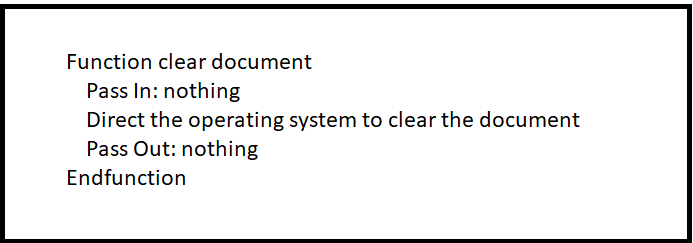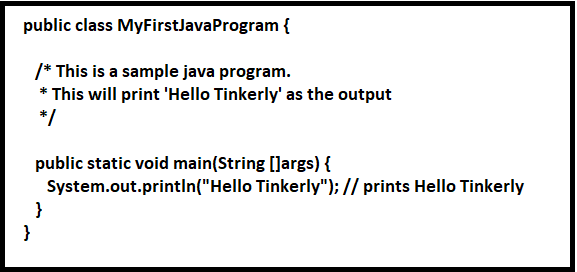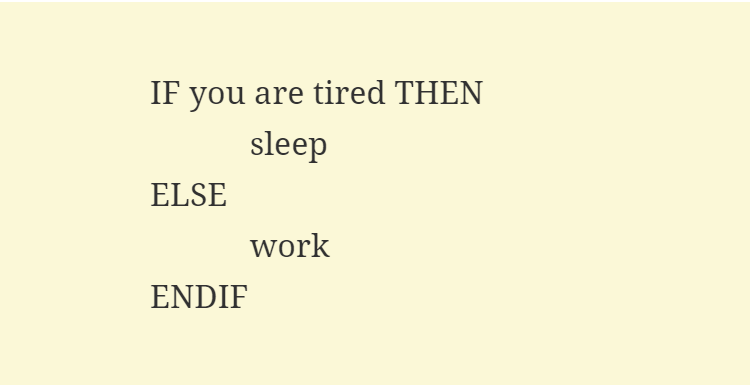A programming language is used to tell a computer to carry out a particular task. It is a language which we use to communicate with computers. If you are eager to learn about programming and want to pursue a career in it, then you need to be aware of these programming concepts which will apply to each and every programming language.
In this blog, we are going to talk about some of the most important programming concepts that you must be aware of in order to master your programming skills.
Let’s get started and talk about each of these programming concepts one by one!
1. Data Flow
It is very important to understand how data needs to flow through your program before you start writing your code. You need to understand the following things about your data such as:
1. What type of data are you using as an input?
2. Is there any kind of data that you can access from a pre-existing data source?

2. Data Types
The knowledge of various types of data types is a must for all aspiring programmers. In simple words, the data type is an attribute of data that gives information to the compiler about how the coder intends to use that particular data. The data type also defines the operations that can be performed on the data.
A data type determines what type of value an object can have and what kind of operations can be performed on it. Examples of data types are Strings(it consists of one or more characters and includes numbers and other types of characters).
Example of declaring a String in Java Programming language

Numeric Data types are used for performing calculations and making algorithms.
The Boolean Data type which represents two types of value True or False.
3. Functions
The functions are the most important programming concept that allows you to repeat instructions, without having the need to type those instructions again and again when they are needed to be executed in the program.

Many programs execute the same instructions multiple times but with the help of using the Functions, you can give a set of instructions a name so that it can be referenced in place of the instructions if there is a need in your program. All the instructions which are contained within that function will get executed on their own. There are many types of programming languages that consist of built-in functions. With the help of functions, you can reuse code rather than rewriting it again and again.
For Example,
Pseudocode for Function with NO Parameter Passing

4. Knowledge of Control Structures
With the help of using control structures, you can determine the order in which the statements can get executed. There are basically 3 types of control structures such as:
1. Sequence- In this the statements are executed one after another in proper order.
2. Conditional– It allows a program to take up alternative paths of execution. It consists of If-Then or If-Then-Else control structure.
3. Iterative( Looping)– It is a control structure that repeats a sequence of instructions until a particular condition is met.
Examples of types of loops are the “While” loop and “For” loop.
Pseudocode for While structure

5. Syntax
According to the Wikipedia definition of Syntax, it is defined as a set of rules which defines a combination of symbols, punctuations, and words of a programming language that are considered to be correctly structured statements or expressions in that particular language.
A Sample syntax of Java Programming Language for printing “Hello Tinkerly”

Syntax plays a vital part in the execution of programs in text-based programming languages and can even cause syntax errors if a programmer tries to run a program without using proper syntax. The occurrence of syntax-based errors is common for all new programmers. Many programming languages use different types of syntax so getting a grip on a proper syntax will help you in mastering the programming skills.

6. Pseudocode
In simple words, pseudocode is an implementation of an algorithm in the form of informative text which is written in English. It is intended for human reading purposes rather than machine reading. It is used for creating a rough draft of the program. Writing pseudocode does not require any kind of strict programming language syntax and is an informal way of programming description. For Example,
Pseudocode for IF-THEN

Pseudocode for IF-THEN-ELSE

Conclusion
We have discussed the most important programming concepts in learning in which you are able to master the fundamentals of programming in any language. Most of the programming languages share some types of similarities with one another. But if you have a good grip on these programming concepts which are discussed above then you are able to learn any programming language with ease.
 34091
34091


